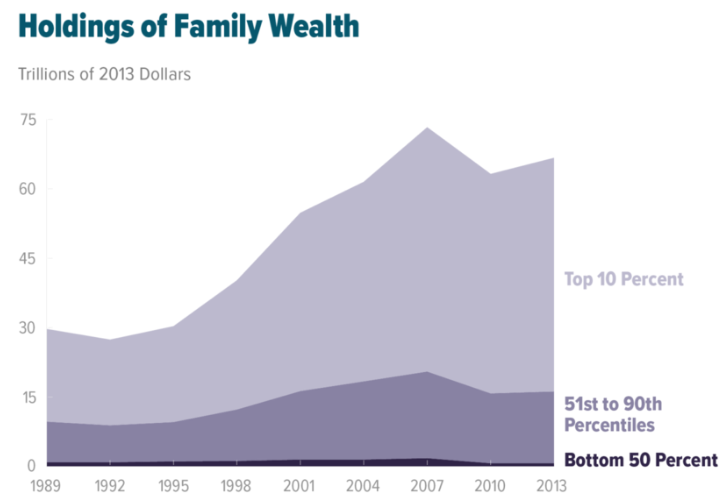
Investing in the Dogs of the Dow as a strategy dates back to 1991 from a book “Beating the Dow” by Michael O’Higgins. The Dogs of the Dow are the 10 highest dividend yielding stocks within the Dow 30. They are called investment “Dogs” because rising dividend yields tend to be a function of falling prices.
It is a simple strategy of allocating an equal amount of funds into each of these 10 stocks and holding them for a year. Normally, an investor would need to only rid about two to three stocks every year and replace them with different ones. These stocks are typically replaced because their dividend yields have fallen out of the top 10 because the stock price has either increased in value or have reduced their dividend payment. (Sometimes a stock, like GE that has fallen on hard times is removed from the DJIA altogether.)
Why am I hunting for yield in the Dogs of the Dow
- My retirement accounts contain a large percentage of U.S. dollar holdings.
- I am a retired Canadian senior who requires income from my investments to pay bills.
- Dividend stocks provide income and some downward protection during volatile markets.
- Historically, Dow stocks have been very stable companies that can weather any market decline with their solid balance sheets and strong fundamentals.
- The current yield on the dogs of the Dow are higher than the yield on 2 & 10 year U.S. treasuries
- The Canadian dollar is currently trading at a 32% discount to the U.S. dollar which increases the income from holding U.S. stocks.
Dogs of the Dow 2019
| Stock Symbol | Company Name | 2018 Close | Dividend Yield |
| IBM | International Business Machines | 113.67 | 5.52% |
| XOM | Exxon Mobil | 68.19 | 4.81% |
| VZ | Verizon Communications | 56.22 | 4.29% |
| CVX | Chevron | 108.79 | 4.12% |
| PFE | Pfizer | 43.65 | 3.30% |
| KO | Coca-Cola | 47.35 | 3.29% |
| JPM | JP Morgan Chase | 97.62 | 3.28% |
| PG | Procter & Gamble | 91.92 | 3.12% |
| CSCO | Cisco Systems | 43.33 | 3.05% |
| MRK | Merck | 76.41 | 2.88% |
At first glance, IBM has a very tempting dividend yield. However, I warned my readers that IBM wasn’t a good investment back in 2015 when Warren Buffett lost 11.8% on his IBM shares. Buffett has sold all his IBM shares for an estimated 2 billion dollar lost. The trend has been downward ever since and I don’t see a turn around anytime soon.
Warren Buffett looses $500 million on IBM’s Bad Quarterly Results
Oil stocks have been very volatile due to slower world economic growth, over-supply concerns and fears of a 2020 recession. I am eliminating both Chevron and Exxon Mobil as potential buys.
I am using fundamentals to eliminate Coca- Cola, Merck and P&G because of their high price earnings ratios compared to the rest of the stock market. Plus, Coco-Cola and Merck have high dividend payout ratios which will make it difficult for them to increase dividend payouts going forward.
J.P. Morgan has never been a Dog of the Dow until this year. U.S. banks have seen their net interest margins decrease due a flattening yield curve. In simple terms, they are paying more interest on deposits but loan demand is weak so they are getting less loan interest. U.S. banks have under performed the over all market. This is a possible turnaround candidate if economic growth comes in stronger than expected.
Verizon and Pfizer have been Dogs of the Dow for the past five years and have fairly good fundamentals. They both have stable share prices, low payout ratios and reasonable price earnings ratios. These two stocks are possible buys for income.
| Dec. 2018 | Verizon | $52.93 | 4.46% | Pfizer | $36.22 | 3.75% |
| Dec. 2017 | Verizon | $53.38 | 4.33% | Pfizer | $32.48 | 3.94% |
| Dec. 2016 | Verizon | $46.22 | 4.89% | Pfizer | $32.28 | 3.72% |
| Dec. 2015 | Verizon | $46.78 | 4.70% | Pfizer | $31.15 | 3.60% |
| Dec. 2014 | Verizon | $49.14 | 4.31% | Pfizer | $30.63 | 3.40% |
I think that Cisco is strong buy. Cisco has been a Dog of the Dow for the past 4 years and their share price continues to increase in value. During those years, Cisco has maintain a consistent 3% dividend yield by increasing their annual dividend.
| Dec. 2018 | Cisco | 38.3 | 3.03% |
| Dec. 2017 | Cisco | 30.22 | 3.44% |
| Dec. 2016 | Cisco | 27.16 | 3.09% |
| Dec. 2015 | Cisco | 22.43 | 3.03% |
Unfortunately, past performance is no guarantee of future returns. Please do your own research, this post is for educational purposes only!





 or this
or this 











